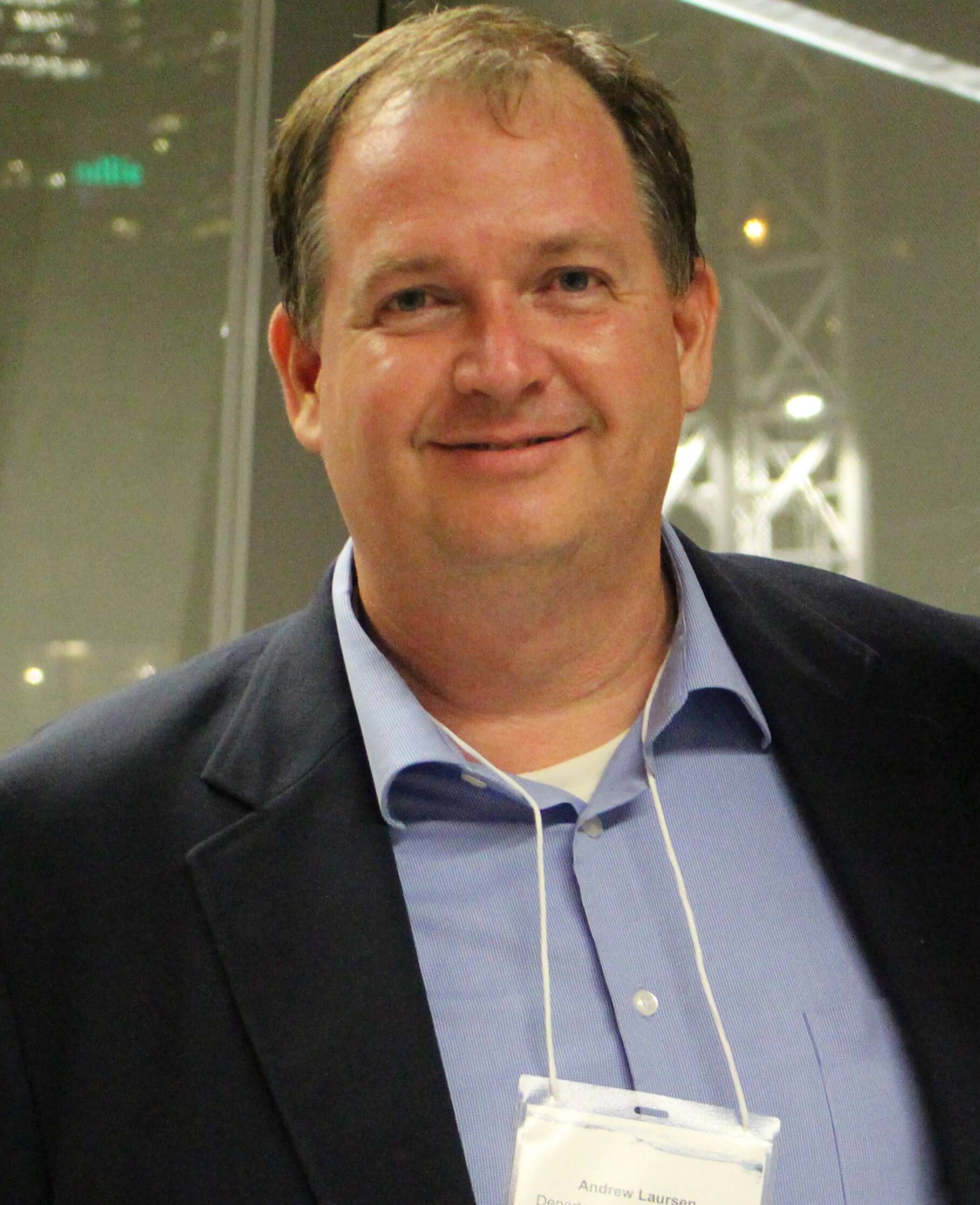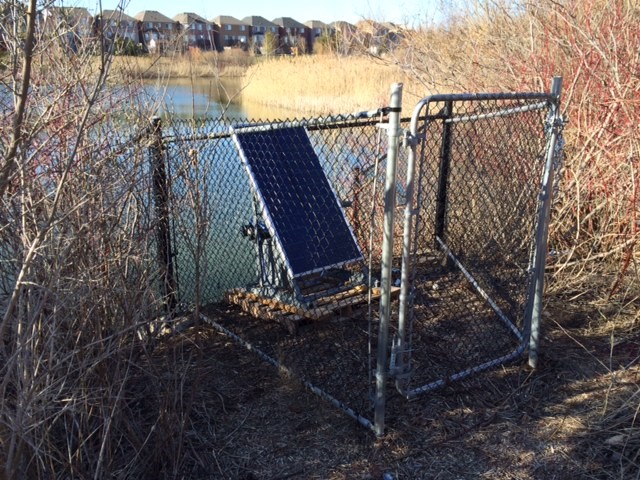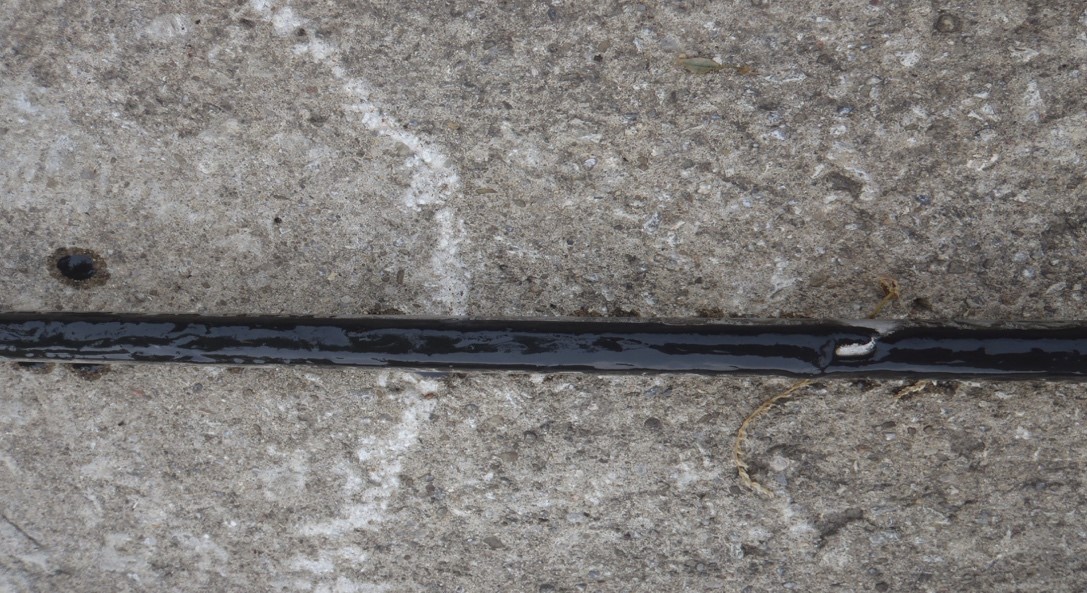Collaboration with WCI Environmental Solutions to Treat Storm Water
Andrew Laursen is an Associate Professor in the Department of Chemistry and Biology at Toronto Metropolitan University. His primary research interests surround the study of ecosystem function, both natural and human made. In particular, Dr. Laursen is interested in how systems respond to disturbances such as storms, land-use change, or biological invasion.



One of Dr. Laursen’s current projects involves the company WCI Environmental Solutions and the study of a novel technology for treatment of storm water. We bumped into Dr. Laursen the other day and he was very enthusiastic and about this research project and had much to say about the WCI technology.
What interested you about WCI technology?
The EOS-2000 can increase the availability of dissolved oxygen in water, which can in turn enhance digestion of organic sediment and sludge. Retention ponds are an important element of storm water management. Enhancing sediment digestion may allow less frequent dredging, which could mean significant savings in maintenance costs for these ponds.
The technology is intriguing, it uses a resonant frequency generator, transmitting a signal through water. It does not create the mechanical disturbance to a pond that conventional aeration introduces, and the device is off-grid, operating from a solar panel.
What were some of the challenges that you faced with this research project?
It was not understood how the technology worked to increase oxygen availability. Our research has helped to clarify the mechanism by which this technology increases available oxygen, and potentially supports higher respiration rates.
What are some of the key findings?
In a pilot study, we found that treatment with the EOS-2000 corresponded with greater oxygen availability, more culturable heterotrophic bacteria in sediments, and a decrease in volume of sediment in the pond. The relevance of such a finding is that this equipment may facilitate sludge degradation and possibly offer cost savings to municipalities.
Our current project compares a treated pond to a reference pond and should shed greater light on how the technology affects biogeochemistry and nutrient retention in storm water ponds, and sediment dynamics (deposition versus digestion). We have been fortunate to work with staff at Toronto Water who provided access to sites and excellent discussions on the findings of our research.